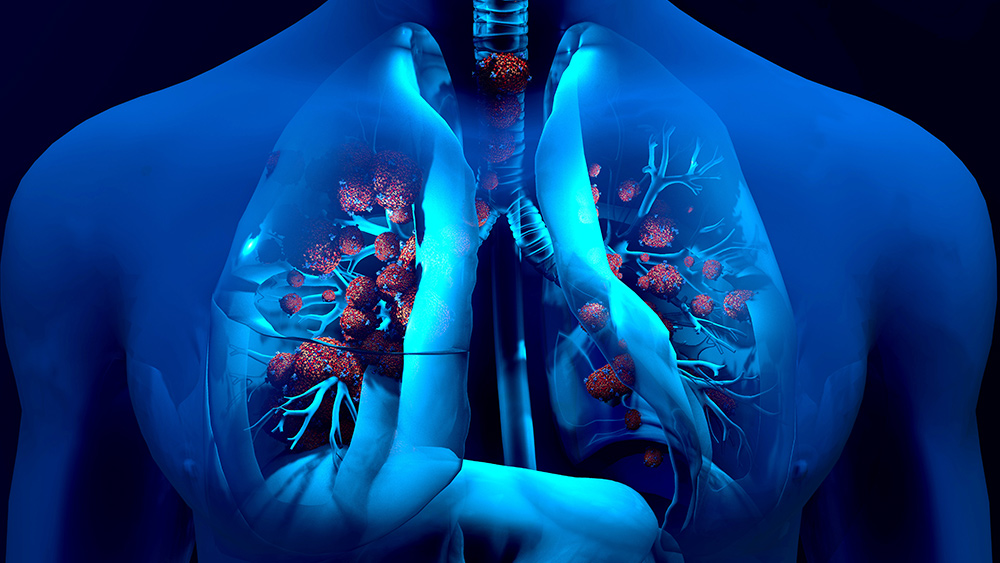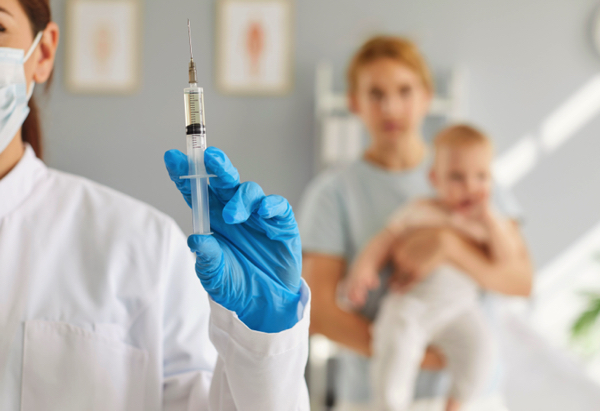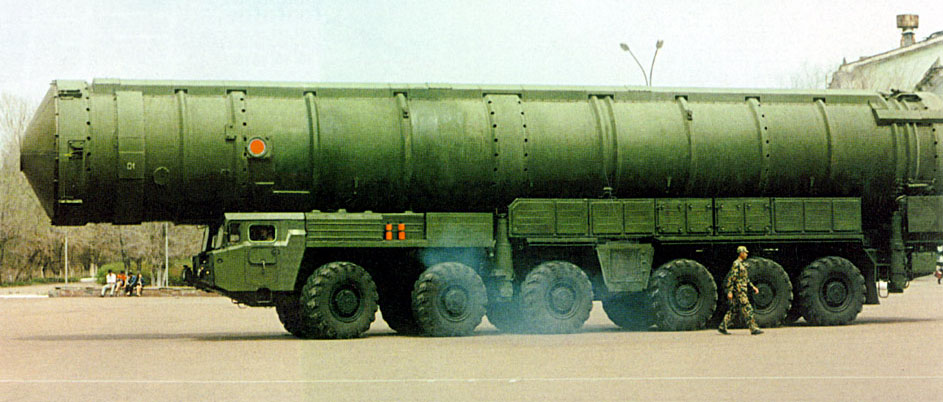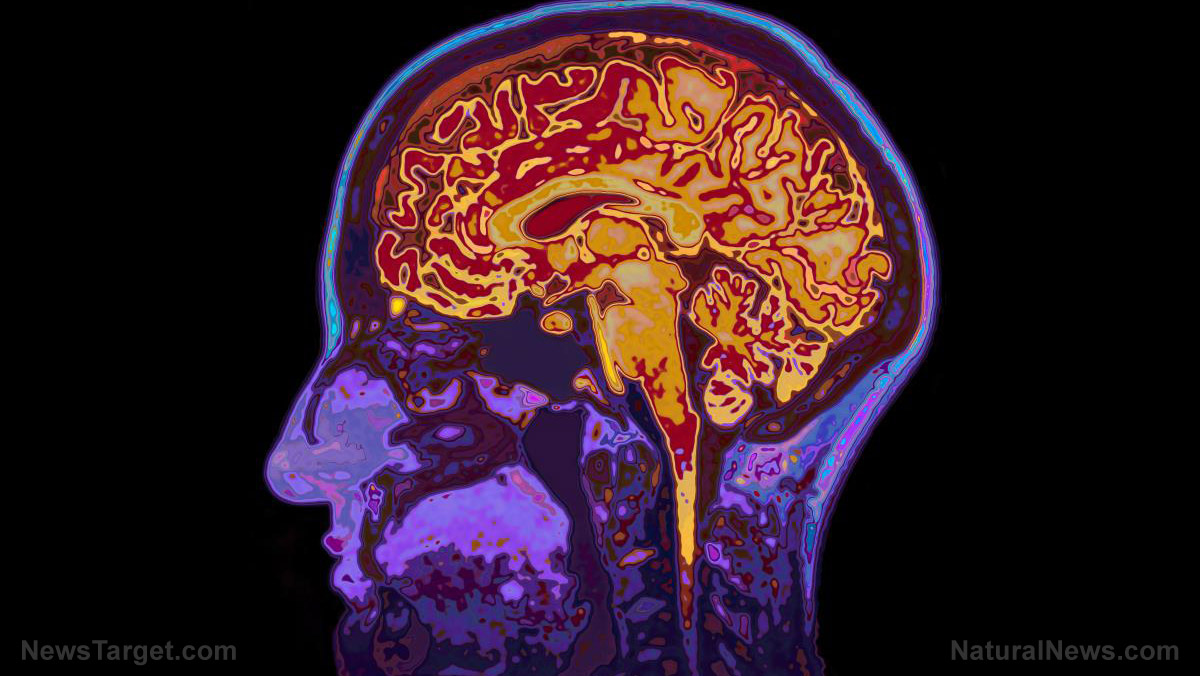Nearly 50% of the SURVIVORS of Covid-19 are still suffering lung abnormalities, or is it REALLY just LONG VAX SYNDROME from the clot shots?
When the mRNA jabs were given, everyone was told the spike proteins remain near the site of injection and are stopped being produced by your cells after a short time. Nothing to worry about. Wrong. Now, millions of jabbed sheeple around the globe are
suffering the effects of LONG VAX SYNDROME, and Big Pharma wants everyone to believe it’s long-term damage from the China Flu. Time to ask questions. Lots of questions.
New long COVID treatment guidelines supposedly confirm that
lung abnormalities seen on CT scans after COVID-19 are often temporary, stabilizing or improving over time rather than progressing to permanent damage. While up to half of hospitalized patients show lingering changes on imaging—such as hazy “ground glass” opacities or thin fibrous bands—these often reflect the lung’s natural healing process rather than irreversible scarring.
- Most Post-COVID Lung Changes Heal Naturally: New long COVID treatment guidelines confirm that lung abnormalities seen on CT scans after infection typically stabilize or improve within months to years, reflecting the lung’s healing process rather than permanent damage.
- Recovery Timelines Vary: While many mild-to-moderate cases improve within three to six months, older adults or those with severe illness may have lingering lung changes for a year or more, though these are often non-progressive.
- Avoiding Overinterpretation and Overtreatment: The guidelines caution against mislabeling nonspecific CT findings as permanent scarring, advising follow-up imaging only for patients with persistent or worsening respiratory symptoms after three months.
- Symptom-Focused Care Recommended: Experts emphasize individualized, symptom-based follow-up instead of routine imaging, to reduce unnecessary anxiety, radiation exposure, and costly treatments that may not be needed.
Most COVID Lung Abnormalities Improve Over Time, New Guidelines Reassure, but what about Vaccine Injuries?
Pulmonary specialists emphasize that the lungs, like skin, have a high capacity for regeneration due to abundant stem cells. Inflammation from the acute infection is the primary cause of early damage, not structural destruction. Once inflammation subsides, lung tissue can reabsorb fluid and repair itself, a process that may take months or even years.
Data from follow-up studies show that about 90% of patients with lung abnormalities at discharge begin improving within one to three years after infection. In mild-to-moderate cases, imaging and symptoms often improve within three to six months. However, older patients, those who required mechanical ventilation, or those who suffered severe or critical illness may experience slower or incomplete recovery.
Long COVID, which affects roughly six in every 100 people after infection, can cause prolonged fatigue, breathlessness, muscle aches, headaches, and “brain fog.” Lung recovery typically parallels general symptom improvement, which often occurs within four to nine months. Yet symptoms and imaging results do not always improve at the same rate. Some patients feel better despite persistent imaging abnormalities, while others have ongoing symptoms despite near-normal scans.
The new guidelines warn against over-interpreting CT findings. Radiologic changes may linger long after clinical recovery, and nonspecific abnormalities should not automatically be labeled as “fibrosis” or “interstitial lung disease,” terms that imply progressive, irreversible damage. Mislabeling can cause unnecessary anxiety, lead to inappropriate specialist referrals, and trigger expensive or risky treatments—sometimes costing up to $60,000 per year.
To prevent overtreatment, the consensus advises ordering follow-up chest CT only if patients have persistent or worsening respiratory symptoms lasting at least two months, beginning three months after infection, and without another clear cause. Low-dose CT protocols are recommended to minimize radiation exposure. CT remains valuable when clinically indicated but is unnecessary in asymptomatic or mildly symptomatic patients.
Physicians also stress the importance of interpreting imaging in the context of the patient’s overall clinical condition. Many abnormalities—such as mild ground-glass opacities or faint fibrotic strands—are residual signs of healing rather than progressive disease. As Dr. Joseph Varon noted, some patients may have “white lungs” on scans for months yet function normally.
Experts like Dr. Pierre Kory advocate a symptom-focused approach, using imaging selectively and monitoring patients clinically. They caution that overuse of CT can drive anxiety and mismanagement. The overarching message: most post-COVID lung abnormalities are not permanent, and with time, the body’s repair mechanisms often restore lung health, particularly in those without severe initial disease.
The guidelines provide reassurance that for the majority of patients, lingering lung changes after COVID-19 represent healing in progress—not the start of a lifelong chronic lung condition.
Bookmark
Infections.news to get the latest updates about the differences between “Long Covid” and “Long Vax Syndrome.”
Sources for this article include:
Pandemic.news
NaturalNews.com
SHTFplan.com
ZeroHedge.com












